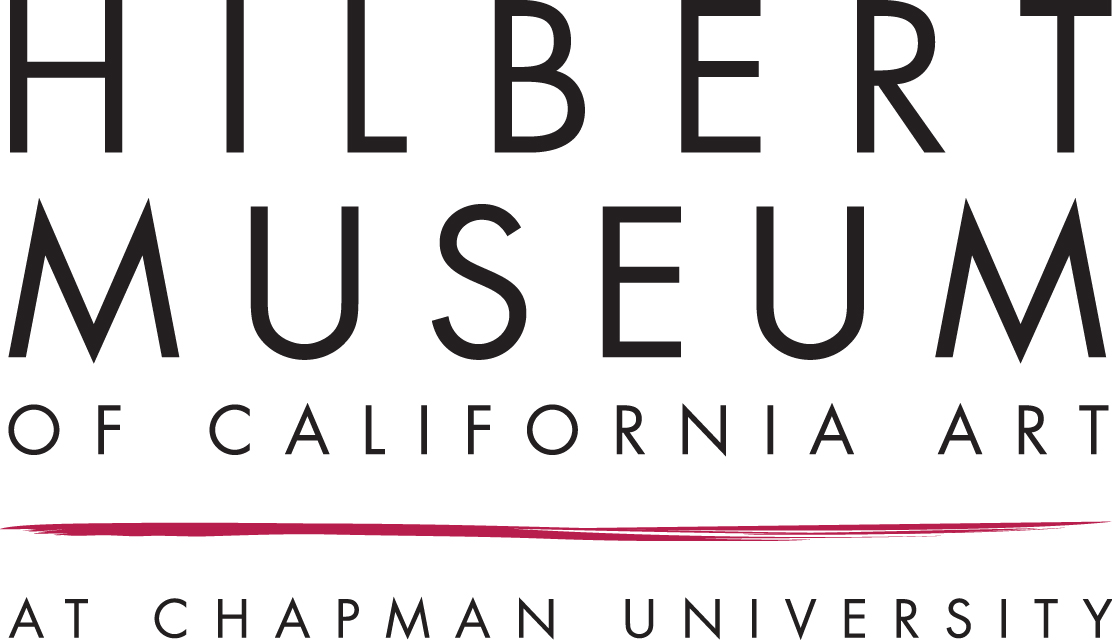Walter Kuhlman

Walter Kuhlman was one of the pioneering members of the San Francisco School of Abstract Expressionism (ABEX) that evolved primarily from the California School of Fine Arts (CSFA) in the late 1940s under the tutelage of Clyfford Still, Hassel Smith, Mark Rothko, David Park, Richard Diebenkorn, Clay Spohn, and others. Kuhlman enrolled at the CSFA in 1947 and quickly earned recognition. The following year he joined the so-called “Sausalito Six” group that included luminary artists Richard Diebenkorn, James Budd Dixon, John Hultberg, Frank Lobdell, and George Stillman to produce the first portfolio of ABEX prints. Copies of this portfolio were recently acquired by the Whitney Museum of Art and the British Museum in a testimonial to its historical significance.
Walter Kuhlman was born to Danish immigrants in St. Paul, Minnesota, in 1918. In his early career, Kuhlman had critical exposure to Hans Hofmann and other European modernists by studying with Cameron Booth (1892-1980) at the St. Paul School of Art from 1936 to 1939. He also earned a bachelor’s degree from the University of Minnesota in 1941.
Kuhlman’s art career was interrupted by WWII, where he was drafted into the U.S. Navy. He secured a position as a medical illustrator. During his service, he also met his first wife, Nora, and after both being discharged, they lived together briefly in New Orleans and the U.S. Virgin Islands. They moved to San Francisco, where he enrolled at the CSFA in 1947. Kuhlman later settled in Sausalito with his second wife, Tulip.
Joining a number of young American artists, including Frank Lobdell, Kuhlman went to Paris in 1950. The artist exhibited at the Salon des Realities Nouvelles that was exhibiting prominent artists such Jean Arp, the Delaunay’s, Sam Francis, Francis Picabia, Jean-Paul Riopelle, Marcelle Duchamp, Kurt Schwitters, and Kandinsky, among others. Kuhlman was also included in a second pivotal Paris exhibition curated by Michel Tapie and titled ‘Un Art Autre,’ which was instrumental in the introduction of American Abstract Expressionism to Europe. Kuhlman’s ABEX work from this period was influenced by Clyfford Still with a color field orientation rather than gestural abstraction.
Kuhlman pursued teaching much of his life and joined the University of New Mexico faculty in 1960, where he remained until 1965. After teaching at CSFA, University of Michigan, Stanford University, and Santa Clara University, he accepted a faculty position at Sonoma State University. In the 1960s, he began moving away from abstract expressionism and created paintings with ethereal figurative works that included faces or animals in hazy spaces.
The work of Walter Kuhlman was included in the 1955 International Biennial of São Paulo, Brazil, and he received a fellowship in 1957 from the Graham Foundation for Advanced Studies in the Fine Arts. In 1982, the California Arts Council awarded him a Maestro Grant as an “Outstanding Artist and Teacher,” and he was elected to the National Academy of Design in 1995. The archives of Walter Kuhlman were entered into the Smithsonian Institution’s Archives of American Art.
Sources:
AskArt.com
Albright, Thomas, Art in the San Francisco Bay Area, 1945-1980
Landauer, Susan, The San Francisco School of Abstract Expressionism

